Wondering, is resin sticky? In short, resin should not be sticky once it’s fully cured, but sometimes things don’t go as planned.
This guide will help explain why resin can turn out sticky, how to fix it, and how to keep your resin projects smooth and glossy.
Read on to discover simple tips, solutions, and expert advice for all your resin questions!
What Is Resin and Is It Supposed to Be Sticky?
Resin is a liquid material that hardens into a solid, clear, or colored surface when it cures. It’s used for art, crafts, jewelry, and even furniture.
When mixed and cured correctly, resin should be hard and smooth, not sticky or tacky. If resin feels sticky after curing, something in the process likely went wrong.
📌 Curious about how resin works? Check out this beginner’s guide to resin!
What Makes Resin Sticky? Common Causes Explained
Sticky resin can be disappointing, but understanding the reasons behind it can help you avoid future problems. Here are some of the most common causes of sticky or tacky resin.
✅ Incomplete Curing
One of the main reasons resin feels sticky is because it hasn’t cured fully. Curing is the process where resin changes from a liquid to a solid. If it’s tacky to the touch, it may just need more time.
✅ Incorrect Mixing Ratios
Mixing the right amount of resin and hardener is very important. If the ratio is off, resin may never cure properly and will stay sticky.
✅ Temperature and Humidity
Resin cures best in a warm, dry place. If it’s too cold or humid, the curing process can slow down or stop, leaving sticky spots.
✅ Using the Wrong Resin Type
Different resin types are made for different projects. Using the wrong kind can result in a sticky finish.
Types of Resin and Their Stickiness
Different types of resin can react in their own ways when it comes to stickiness. Knowing which resin you’re using can help you figure out why your project isn’t turning out as expected.
Epoxy Resin: Is Epoxy Resin Sticky After Curing?
Epoxy resin is popular for crafts and coatings. When mixed and cured correctly, it should be smooth and hard. Sticky epoxy resin usually means it didn’t cure all the way.
UV Resin: Why Is UV Resin Sticky Sometimes?
UV resin needs a special light to cure. If it doesn’t get enough light or the wrong kind, it can stay sticky or tacky on the surface.
Polyester Resin: Is It Supposed to Be Sticky?
Polyester resin is often used for larger projects. If it’s sticky, the curing process may have been interrupted or the mixture wasn’t right.
Comparing Stickiness in Different Resins
Any type of resin can end up sticky if instructions aren’t followed closely. Always check the directions for your specific resin.
How Long Should Resin Take to Stop Being Sticky?
It’s important to know how long resin should take to cure so you can tell if something’s wrong. Resin curing times can vary depending on the type and the conditions in your workspace.
Resin should not be sticky after the recommended curing time. If it is, something may have gone wrong in the process.
Why Is My Resin Still Sticky or Tacky After Curing?
If your resin is still sticky after waiting, there are a few possible reasons. Let’s look at some of the most common mistakes that lead to tacky resin.
8 Common Reasons Why Resin Stays Sticky
- Not enough hardener was mixed in.
- Too much resin compared to hardener.
- Mixing wasn’t thorough or long enough.
- Resin was poured too thick.
- The room was too cold or humid.
- Resin or hardener expired.
- The wrong curing light was used for UV resin.
- Dust or moisture landed on the surface while curing.
Checking these factors can help solve most sticky resin problems.
How to Fix Sticky Resin: Simple Solutions and Pro Tips
If you end up with sticky resin, don’t worry. There are ways to fix it. Here are some easy steps and helpful tricks to rescue your project and get a smooth finish.
Step-by-Step Guide to Fixing Sticky Resin
- ✅ Wait a Bit Longer: Sometimes, resin just needs extra time.
- ✅ Warm It Up: Place your project in a warmer area to help curing.
- ✅ Remove and Recoat: Wipe off surface stickiness with rubbing alcohol and add a fresh layer of resin.
- ✅ Sand and Reapply: If it’s very sticky, sand off the tacky layer and pour a new coat.
📌 Don’t forget to browse this helpful guide on resin casting basics for more tips and tricks!
Preventing Sticky Resin: Tips for Perfect Results Every Time
Taking the right steps before and during your project can help you avoid sticky resin altogether. Here are some helpful tips to make sure your resin cures perfectly every time.
✅ Measuring and Mixing Tips
- Measure resin and hardener carefully.
- Mix slowly and thoroughly for at least 3-5 minutes.
- Scrape the sides and bottom of your mixing cup.
✅ Best Practices for Curing Resin
- Follow the instructions for your specific resin type.
- Use the right temperature and avoid humid rooms.
- Cover your project to keep out dust and moisture.
✅ Environmental Controls
- If it’s cold, use a heater or heat lamp (with adult help).
- Keep your workspace clean and dry.
📌 Want to stay safe while crafting? Check out these resin safety tips before starting your next project!
Is Sticky Resin Dangerous? Safety Tips and What to Avoid
Working with sticky resin can be messy and sometimes unsafe. It’s important to protect yourself and keep your workspace clean when handling uncured resin.
Sticky resin can be unsafe if it gets on your skin or if you breathe in the fumes. Always wear gloves and work in a well-ventilated area. Wash off any resin from your skin right away with soap and water.
📌 Need help cleaning up resin? Discover this easy guide to removing resin from hands.
Conclusion
Resin should not be sticky once it’s mixed and cured properly. Sticky resin often means the process needs a little adjustment, but with the right steps, you can fix and prevent it.
For more helpful resin guides and tips, visit Resiners and make your next project a success.
Also, don’t forget to shop top quality resin products, kits, and supplies from Resiners for your next project and enjoy smooth, professional results every time!
You May Shop
Frequently Asked Questions About Sticky Resin
How long does resin stay sticky?
Resin usually stays sticky only during its curing time, which can range from a few hours to a day depending on the type. If your resin is still sticky after the recommended curing time, something likely went wrong. Double-check your mixing ratios, temperature, and instructions. If it remains sticky after several days, it may not cure properly and will need to be fixed.
How do I make my resin not sticky?
To make sure your resin isn’t sticky, always measure and mix the resin and hardener exactly as the instructions say. Mix slowly and thoroughly, and pour the resin in a clean, dry, and warm environment. Let your project cure for the full recommended time, and avoid touching it until it’s completely set.
Does resin stick to skin?
Yes, liquid resin can stick to your skin, especially if it hasn’t cured yet. It’s best to wear gloves when working with resin to avoid sticky messes and skin irritation. If you do get resin on your hands, wash it off right away with soap and water.
Is sticky resin toxic?
Sticky or uncured resin can be harmful if it touches your skin or if you breathe in the fumes. Always use resin in a well-ventilated area and wear gloves to protect yourself. Once resin is fully cured, it is generally safe to handle.
Related articles:
How Long Does Epoxy Resin Take to Dry: Epoxy Cure Time

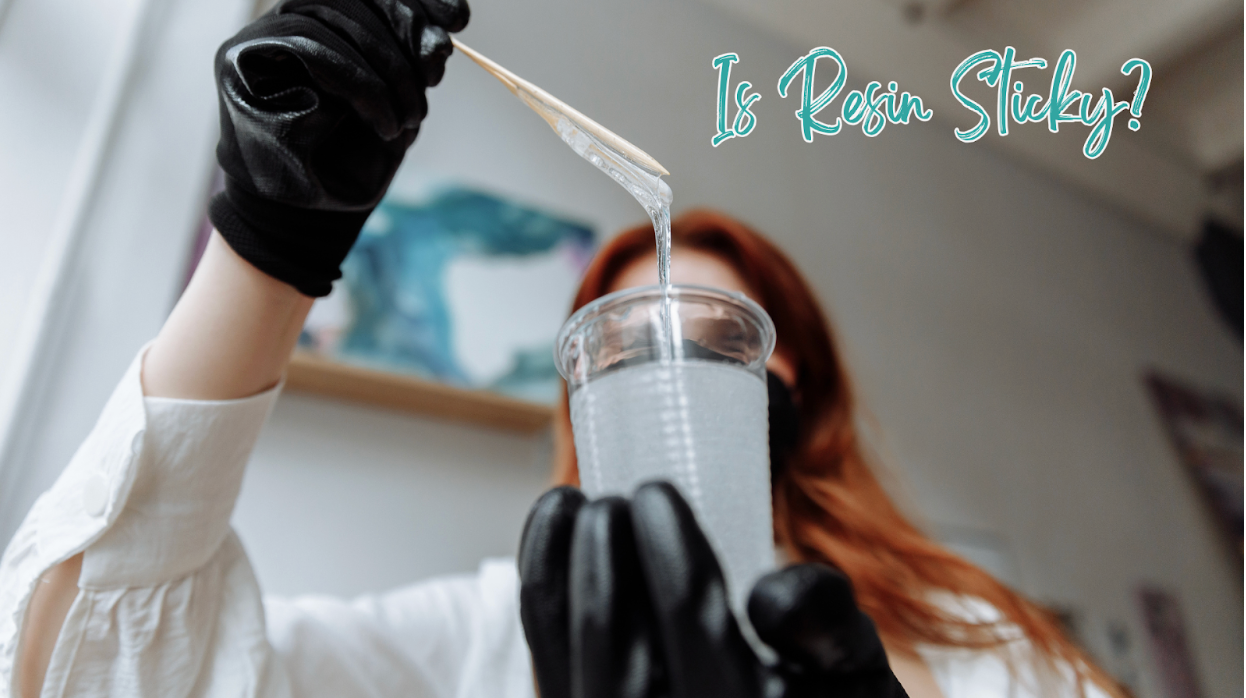
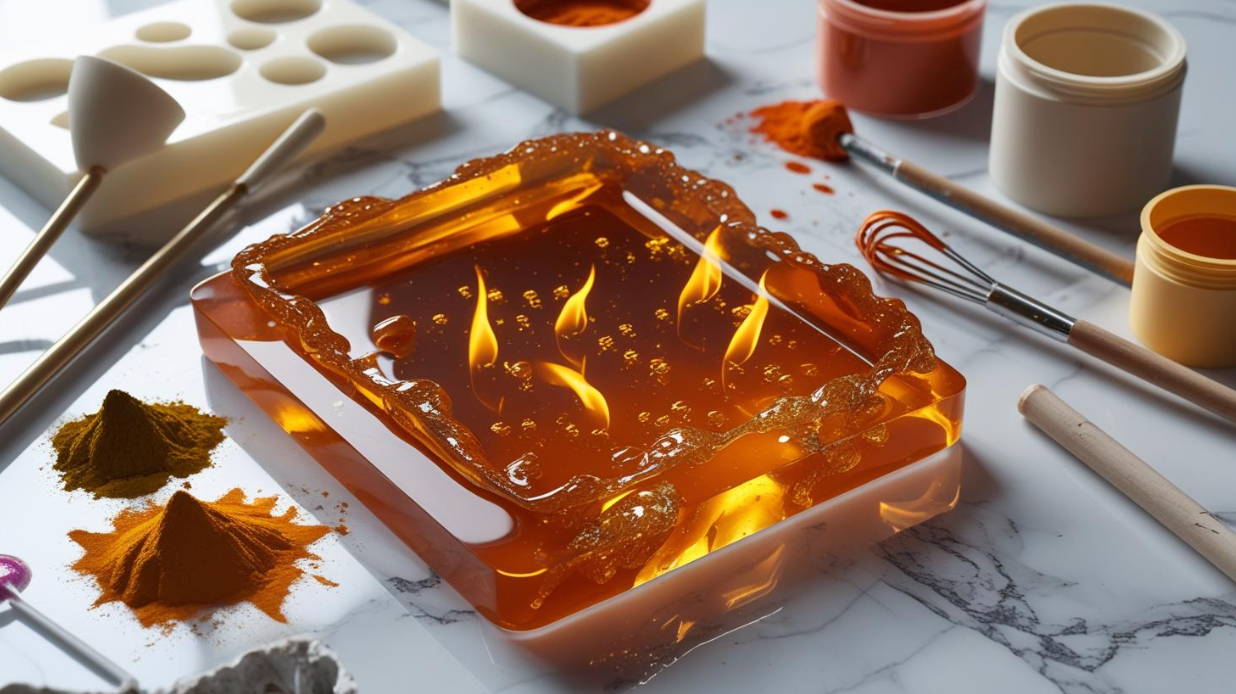
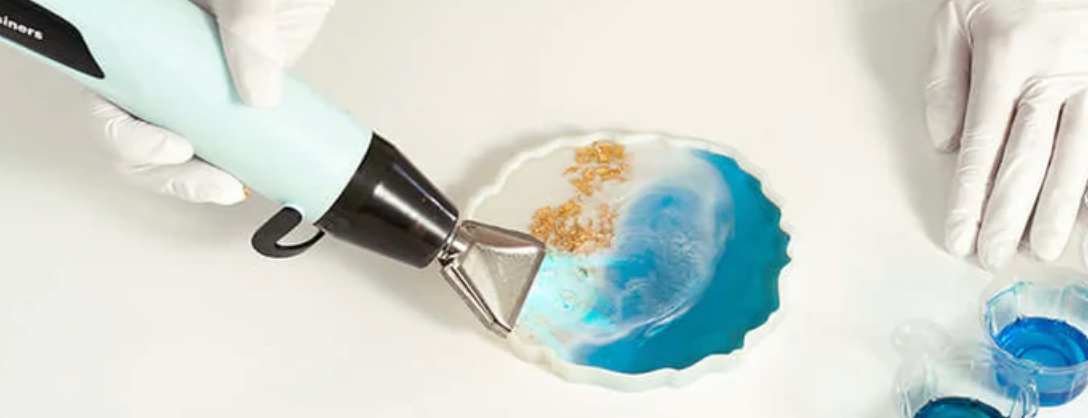
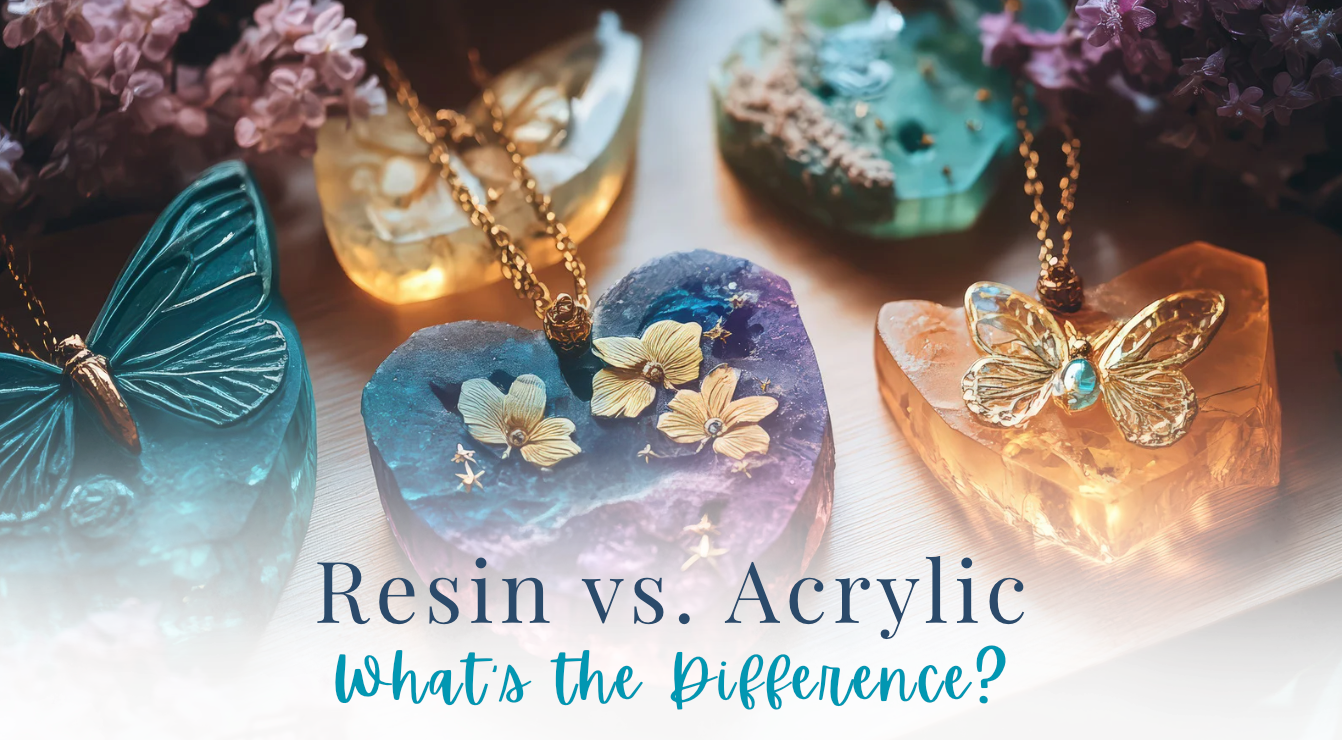
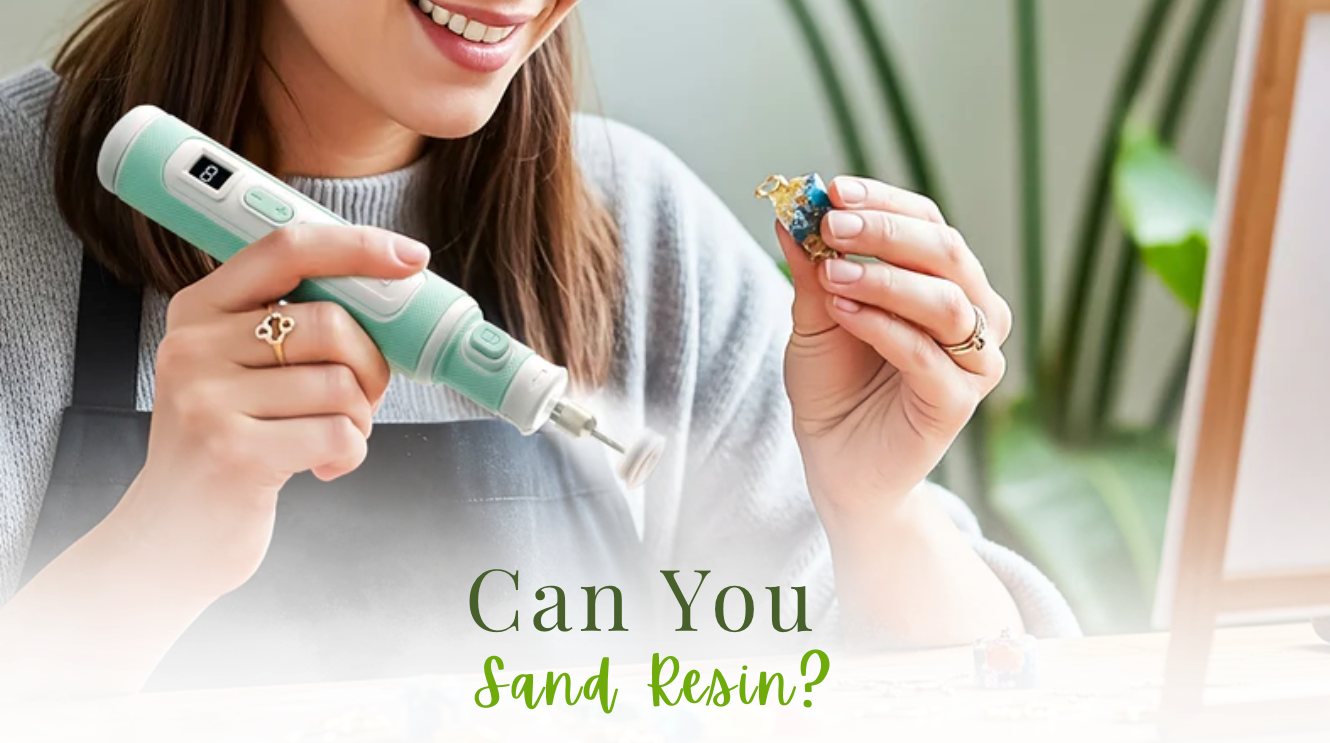
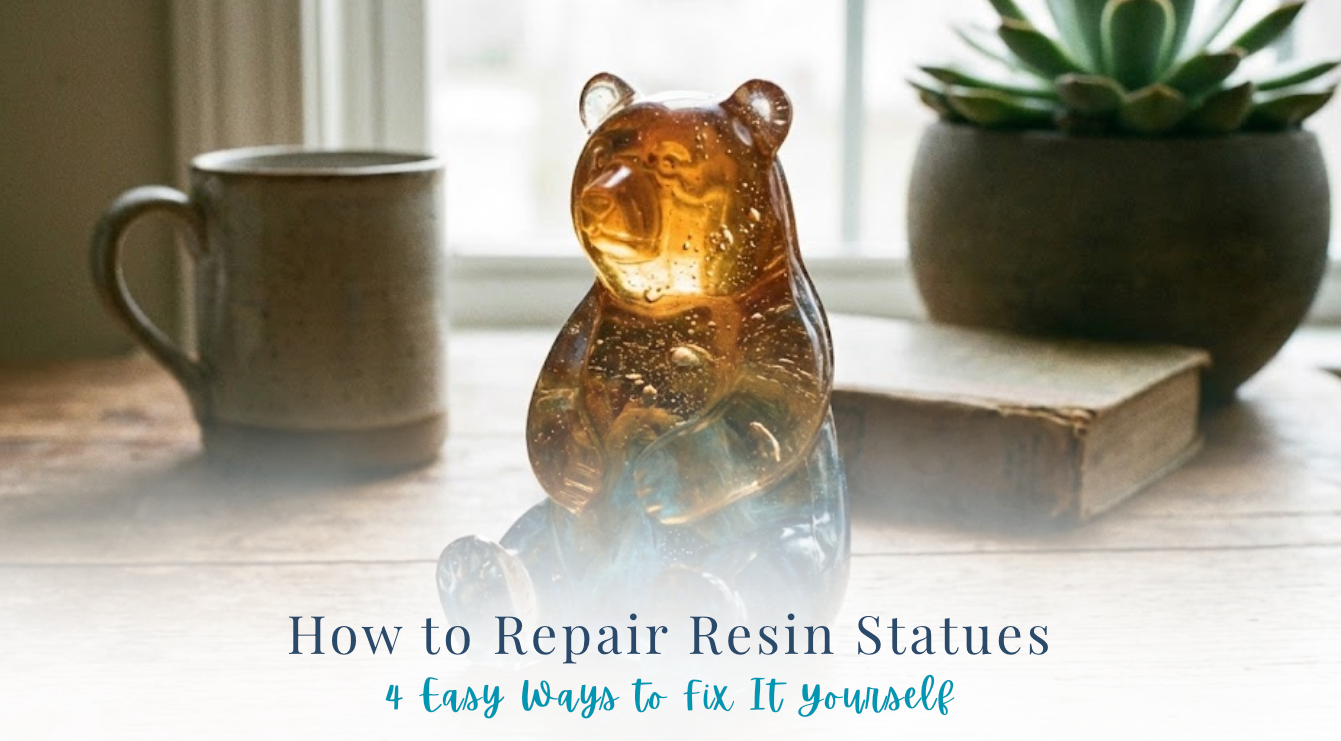

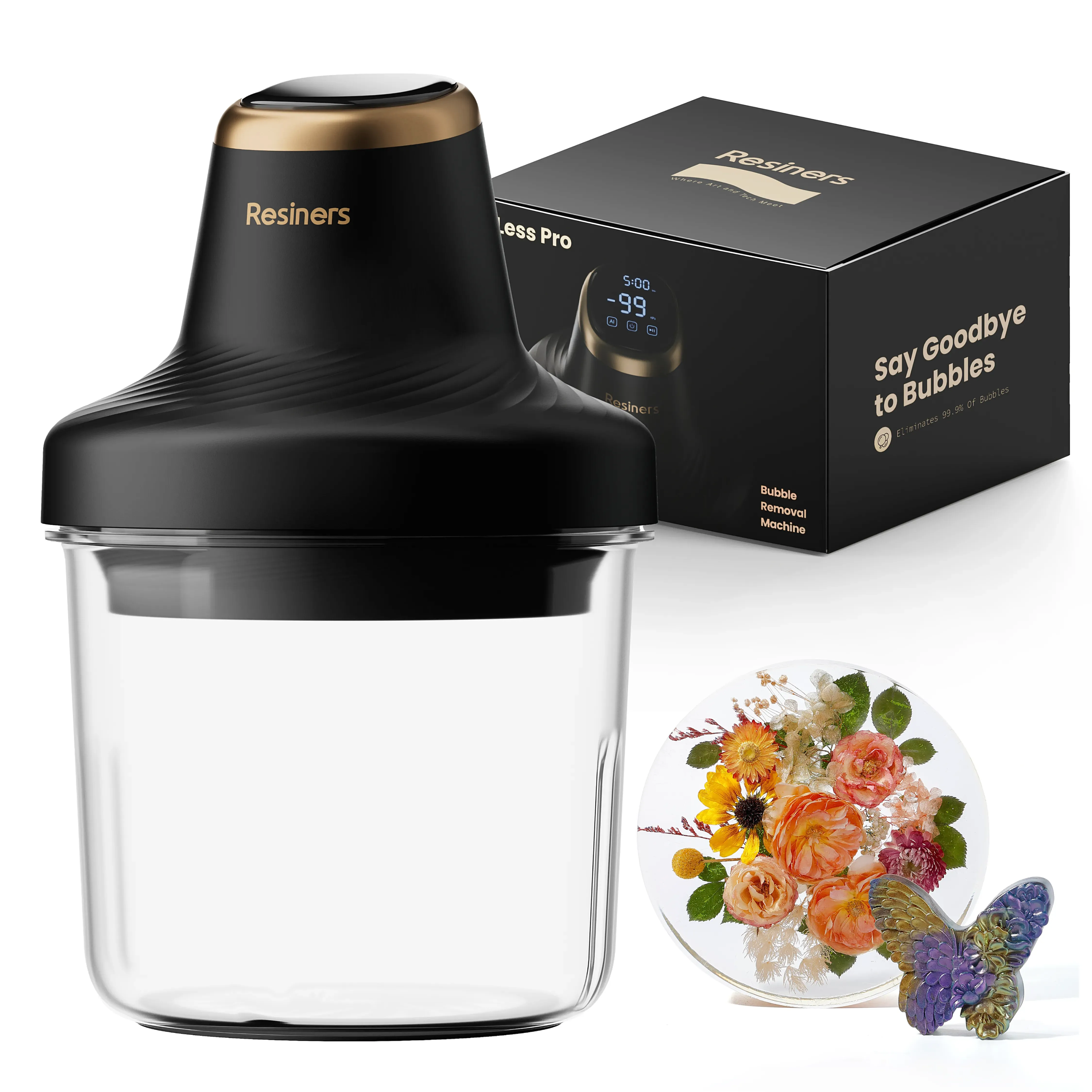
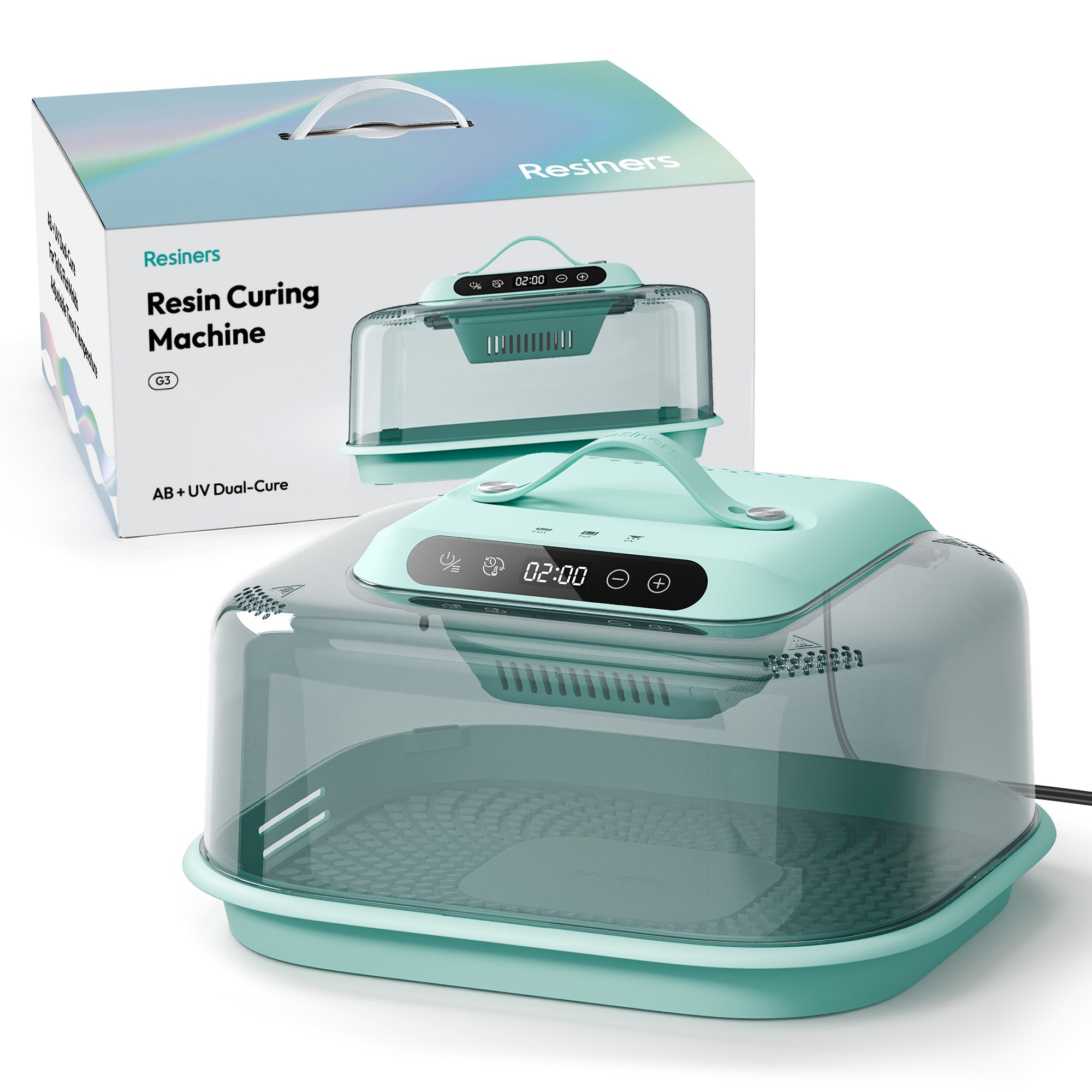


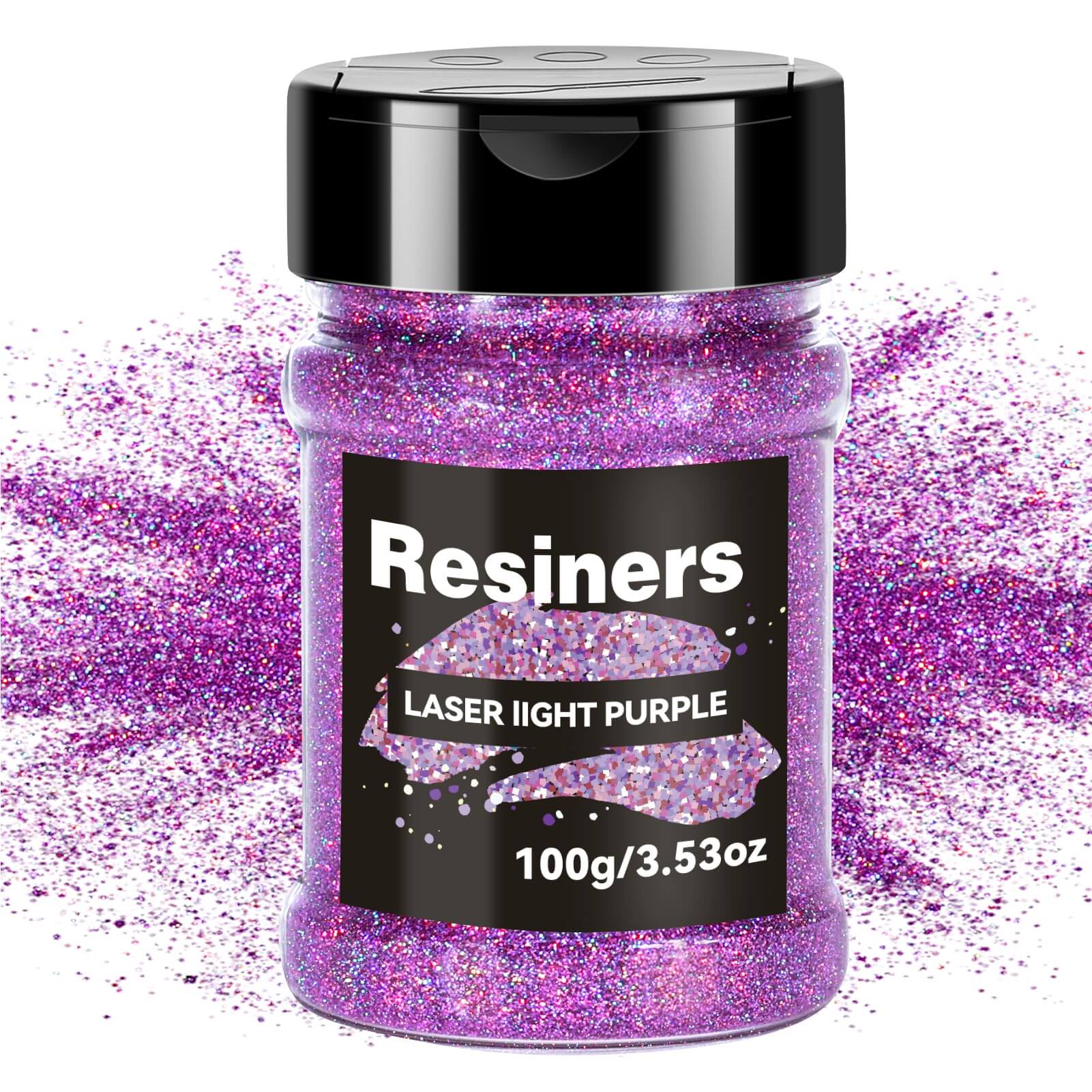
اترك تعليقًا
This site is protected by hCaptcha and the hCaptcha Privacy Policy and Terms of Service apply.